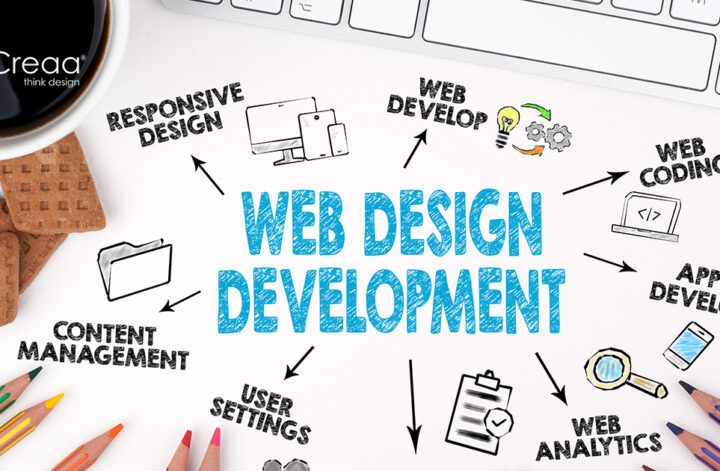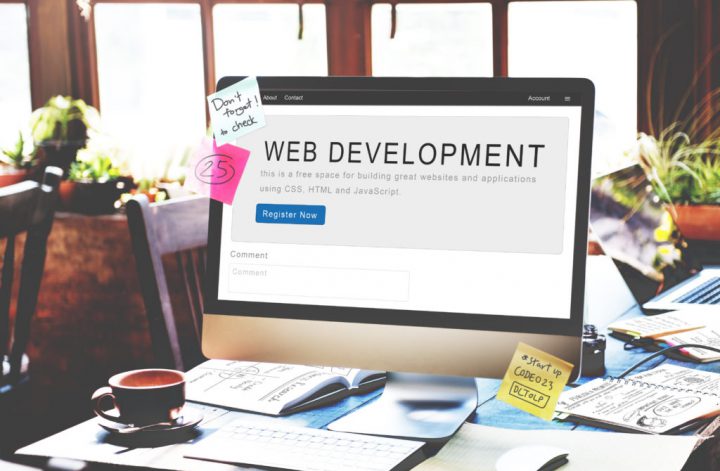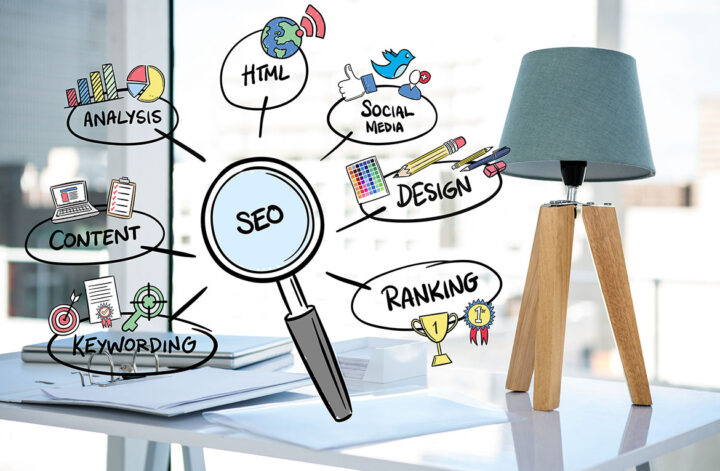Humanity, as it exists, is driven as much (if not more) by emotion as by logic. Depending on the day, our actions range from pragmatic to impulsive.
Sometimes, we think before we act; other times, we feel.
Now, such behaviour is not restricted to the physical world. We’re the same for our online behaviour.
In fact, the private nature of our interactions on the internet makes us more emotion-driven than usual.
That’s why powerful design exposes users to emotional experiences.
It stirs us into feeling what the designers want us to feel and turns websites into conversion-boosting machines.
Here are some ways you can do the same for your business website:-
Deliver a sense of victory
People seldom visit websites willy nilly. They either search their way to a website or reach it after coming across an interesting ad.
Regardless, they have a goal in mind when visiting websites.
Maybe, they’re looking for the answer to a question that’s important to them…
Or are seeking products that can fulfil a need they already possess.
Now, if your website’s design helps them accomplish what they have in mind, you will strike gold.
If your website promises a solution but cannot deliver, users will leave with an unpleasant taste in their mouths.
So, the best thing for you to do here is to figure out what goals your customers would want to accomplish upon visiting our website.
Thereafter, design every element on your website to help people realise those goals. From the visuals to the copy, design everything with user goals in mind.
Simply put, leverage design to help users get value out of your website. Help people ‘win’ and they’ll return the favour.
Don’t Get in the User’s Way
Under the last subheading, we asked you to determine the goals that your website can help users accomplish.
Now, it’s time to think about the exact journey that users may undergo to accomplish said goals.
More precisely, we’re talking about putting some effort into designing your website’s information architecture and visual hierarchy.
But, on a more general note, your task here is to get rid of elements that impede users from completing journeys that they have set out on.
For example, you may not have used enough white space, thereby making your website crammed up and difficult to navigate.
Alternatively, your website may need users to take too many steps before arriving at their desired product pages.
In essence, the emotion you should try to evoke here is that of comfort and ease.
Ensure that your website’s design guides people to the places they want to reach instead of getting in their way.
Go beyond functional
When designing a website, there’s no doubt that usability and functionality take precedence over pleasure and style.
However, discounting the latter altogether is a big mistake.
A website is arguably the grandest and most accessible representation of your brand. Thus, it needs to convey the same.
For instance, Tesla’s website is not a bare-bones setup that allows people to buy top-end electric cars.
It exudes the same futuristic feel that the brand stands for. It even gives users access to a sophisticated interface that lets them build custom orders.
The cherry on top is the fact that none of these features makes Tesla’s website non-functional or difficult to use.
The key idea here is that you need to evaluate your website’s design from a two-level lens.
At the basic (or first level), make sure that everything is easy to use and functional.
But, don’t stop there. Take it up a notch and try to strike the perfect balance between function and form.
Tap into visceral reactions
Human beings are highly perceptible. We take first impressions seriously and form them quite instinctively.
For instance, we seek meaning out of the way someone shakes our hand the first time we meet them.
A confident handshake colours our perception from the get-go and primes us to believe that the person delivering the handshake must be confident across the board.
The interesting part is that such psychological phenomena take place on the subconscious level.
In other words, we process complex information in the background and act it out in the form of visceral reactions.
That’s why firefighters can sometimes sense the onset of a fire seconds before it happens and save lives by acting on their feet.
Now, you may wonder how any of this information is relevant to website design.
Well, the point we’re trying to get across is that much like everything else, people use gut feelings to judge websites as well.
The way they feel in the first few seconds of arriving at a website affects all interactions that come after.
That’s why you must cater elements of your website to the instinctive responses that you want users to have.
If you want to exude a sense of energy and youth, use vibrant colours and bold typography.
If you want to give away a feeling of luxury, try to combine colours like purple with script typefaces.
The list of the changes you can make is endless.
So, it’s wise to pair up with a competent designer if you feel a little out of your depth here.
Conclusion
Designers who are worth their salt know one thing for sure.
It is that building websites is an intimate process where emotions need to be given their due.
If you get too far removed from the emotional impact that your website has, you run the risk of alienating thousands of potential customers.
But, we get that it’s unfair to expect someone without a background in design to understand the nuances we’ve talked about in this blog.
That’s why legendary management consultant, Peter Drucker, once said, “Do what you do best and outsource the rest”.
At Creaa Designs, we’ve helped countless businesses build websites that wield the power of emotional design and benefit endlessly because of the same.
We’d love to do the same for you.
So, let’s get in touch and turn your business website into the conversion powerhouse it is meant to be.




